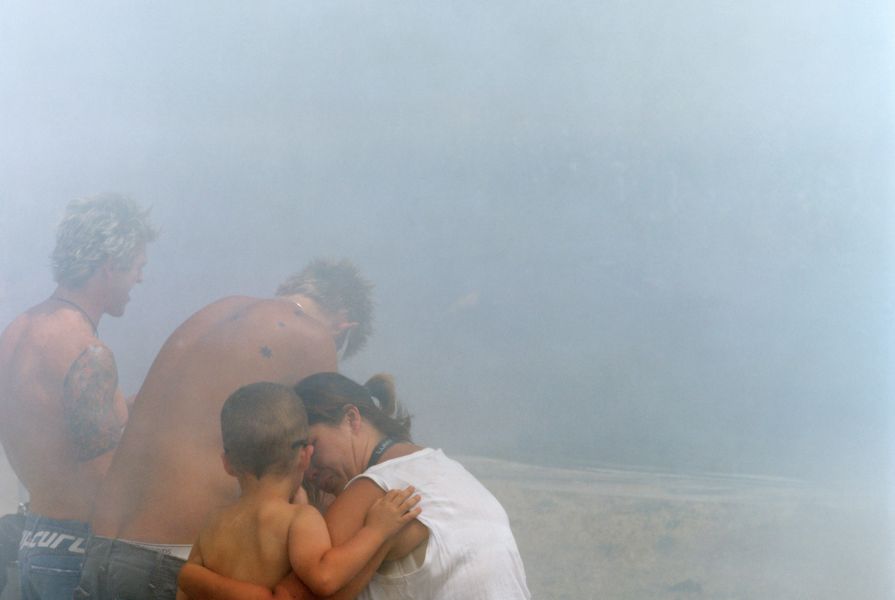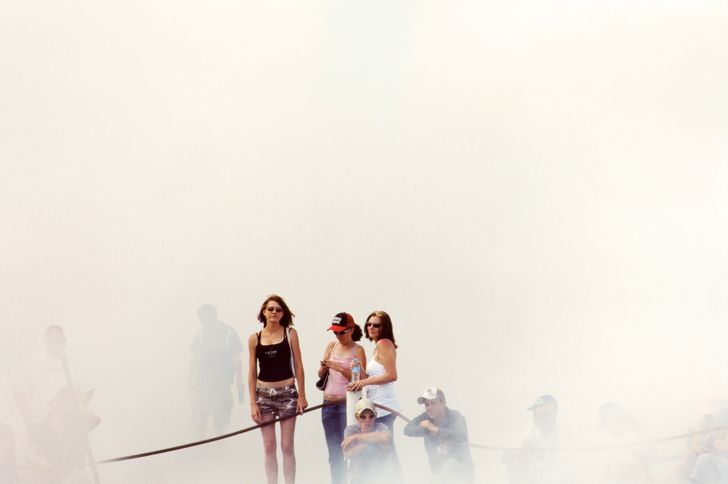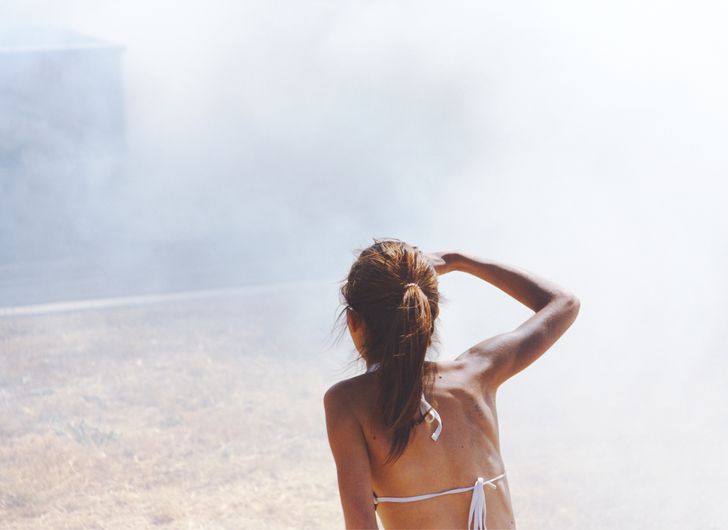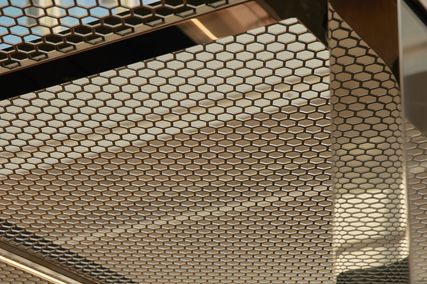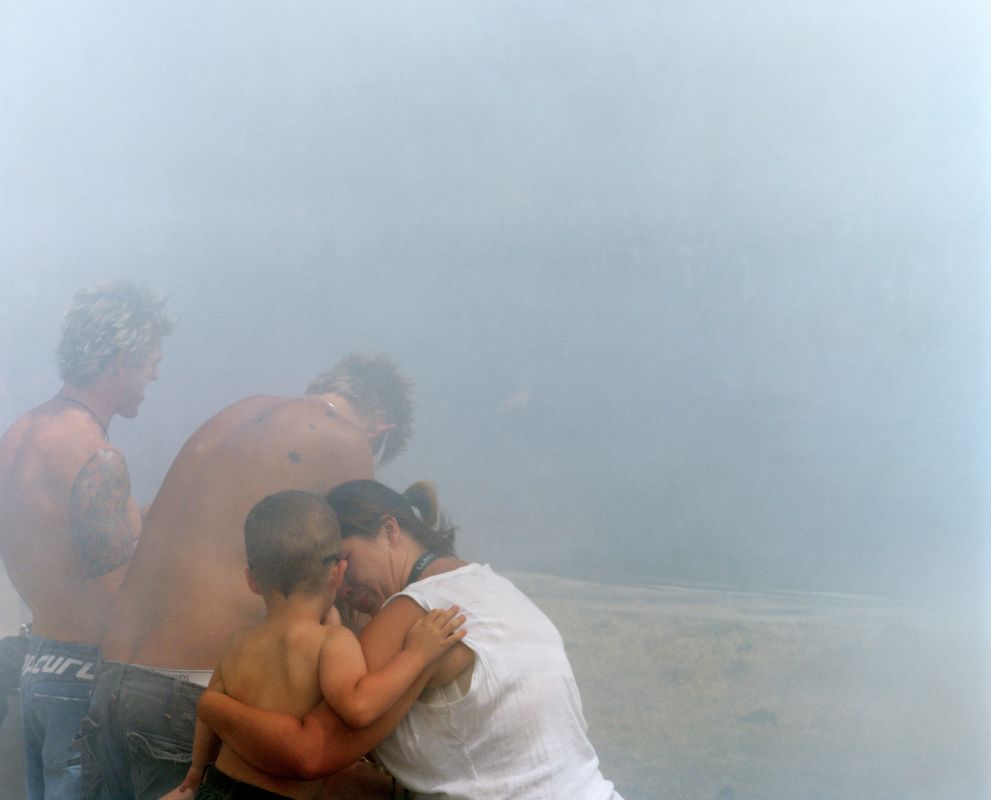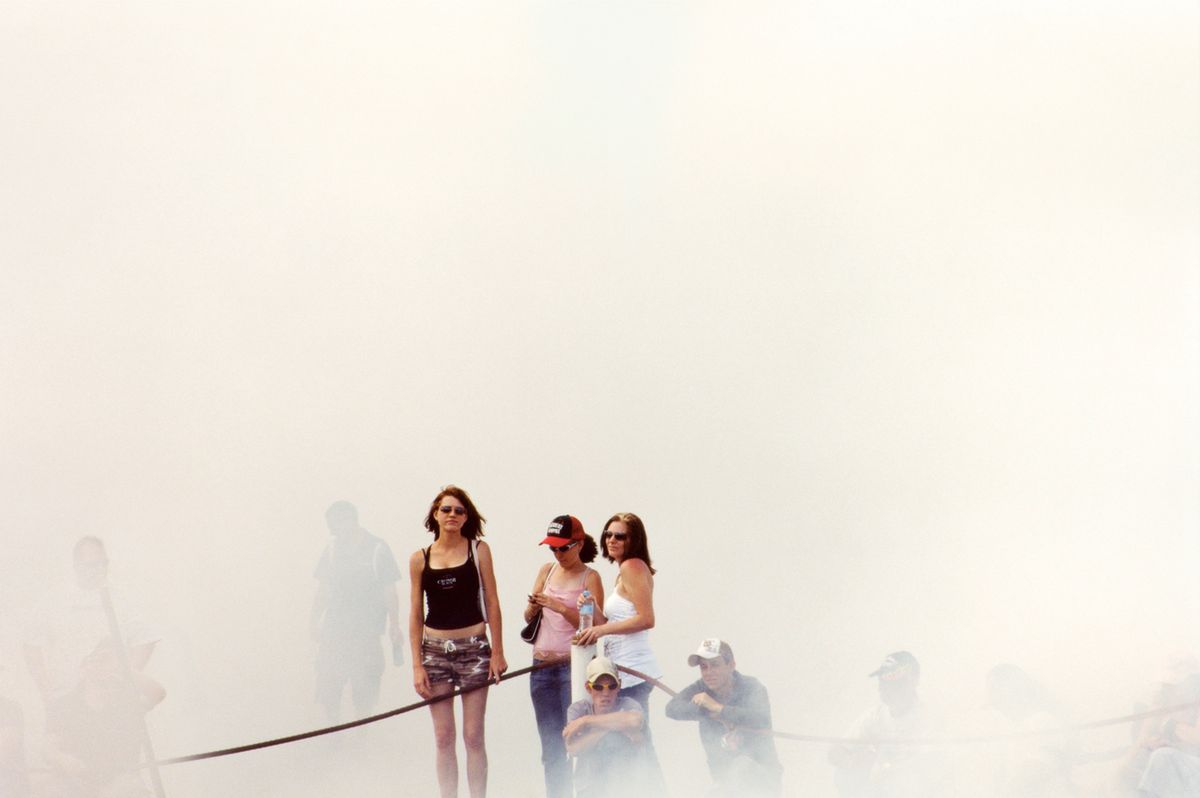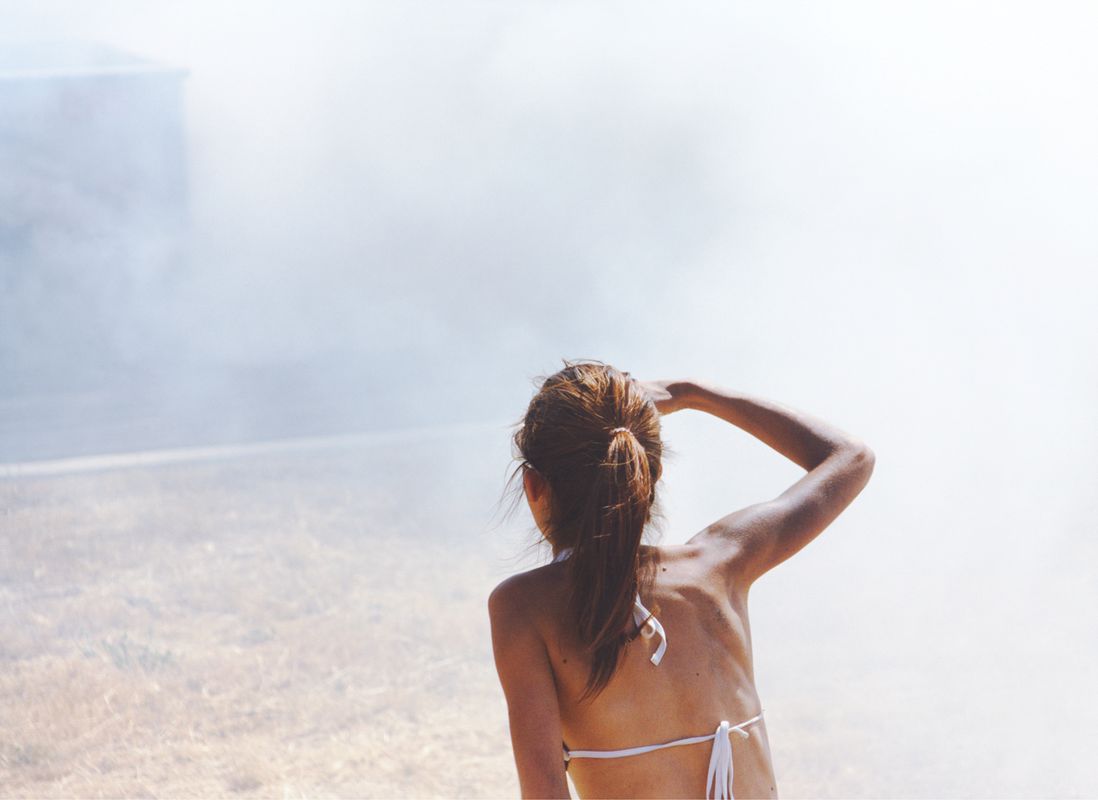In the long European tradition conjoining landscape and artistic representation, the importance of the view has prevailed. However, the tradition has had other resources, and we might say that in recent years art practice, and even architecture, has returned to other ways of seeing, experiencing and constructing this engagement with the “natural” world. Qualities associated with the experience of nature – weather, light and time – have emerged as a distinctive terrain in the fields of contemporary art practice and architecture.
While one might argue that these are often signs in traditional landscape images, at least two notable projects – Olafur Eliasson’s The Weather Project (2003–04) at the Tate Modern, and Diller and Scofidio’s Blur Building project (2002) at the Swiss National Expo, Yverdon-les-Bains – have both occluded the view in favour of immersive environments, where seeing clearly is impossible and no depth of field is probable. Both projects recreated, through technical means, conditions of atmospheric disturbance. The two works explored the drama of precipitation and its effects of fog, cloud and mist. Placing the Angry Black Snake series of photographs by Michael Corridore, exhibited at the Centre for Contemporary Photography, beside these two slightly earlier installations produces a sense of a larger dialogue underway, one in which weather and seeing are recruited to contemporary concerns around environmental crisis and, perhaps surprisingly, the work of culture.
Untitled 1, 2005.
Image: Michael Corridore
If Eliasson and Diller and Scofidio produce a northern environment of precipitation effects, Corridore explores a landscape of dust storms and smoke. Landscape hardly seems an appropriate term to describe any of these three environments, where the participants are caught amid conditions that render it impossible to discern any contours of a larger environment. The disappearance of landscape in these works and the dominance of indeterminate locations obscured by mist or smoke, focuses attention on immediate sensory affects, and in Eliasson and Diller and Scofidio, perhaps there is a delight in disorientation. Corridore’s work, however, seems to record other emotional registers: at the very least, of the physical difficulty produced by these kind of conditions and traces of emotional disturbance.
In Angry Black Snake, the images present a consistent interest in dust storm or smoke storm effects and groups of figures – some in pairs, some disparately joined in straggling groups. The figures appear as spectators of an event, but the nature of this event remains indecipherable to the viewer outside the photograph and perhaps to the depicted viewers as well. The environmental conditions preclude the clarity offered by a view, but the photographs compound this absence of vision and information. The terrain shown in the photographs offers few clues to the nature of the event being witnessed and experienced. We do not know whether the drama is one of environmental event, such as fire, or whether the atmospheric disturbances are the side effects of another event such as a smoke, wind and dust storm trailing in the wake of high-speed racing. The images refuse to offer us a chain of cause and effect and fail to diagnose the meaning of what is represented. From this tension several interesting things emerge.
Untitled 13, 2006.
Image: Michael Corridore
The emotional responses of figures cannot be read on their faces. Instead the meaning of the figures is outlined in their gestures: eyes are constantly shielded, backs are turned against the weather, a woman comforts a young boy – kneeling down with her arms around him, she shelters him from the storm. Many of the figures seem to be struggling with these environmental conditions. In a rare photograph where figures gaze towards the camera, these spectators are placed in the middle distance and their faces are still unreadable in detail.
Many things – content, landscape, people – are obscured and unknown in this work. The images are curious rather than disturbing, but they do raise a larger unease about blockages to vision, knowledge and understanding, the unknown connection between things, indecipherable phenomena and determinate affects of environment (no matter the cause) on human beings. They take their place as well in a larger move in arts practice towards post-representational art: to the registration of sensation and affects rather than decipherable symbols or narratives. Nevertheless, these images do seem to represent a larger cultural formation marked by a sense of environmental disturbance, and the failure of connection between events and consequences. Acts of human agency seem reduced in scope; people act as witnesses and their bodies struggle with uncomfortable physical conditions. This series of photographs adds another edge to the widely acclaimed, but not as disquieting, landscape works of The Weather Project and Blur Building.
Source
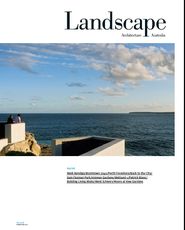
Discussion
Published online: 1 May 2008
Words:
Dr Karen Burns
Images:
Michael Corridore
Issue
Landscape Architecture Australia, May 2008

